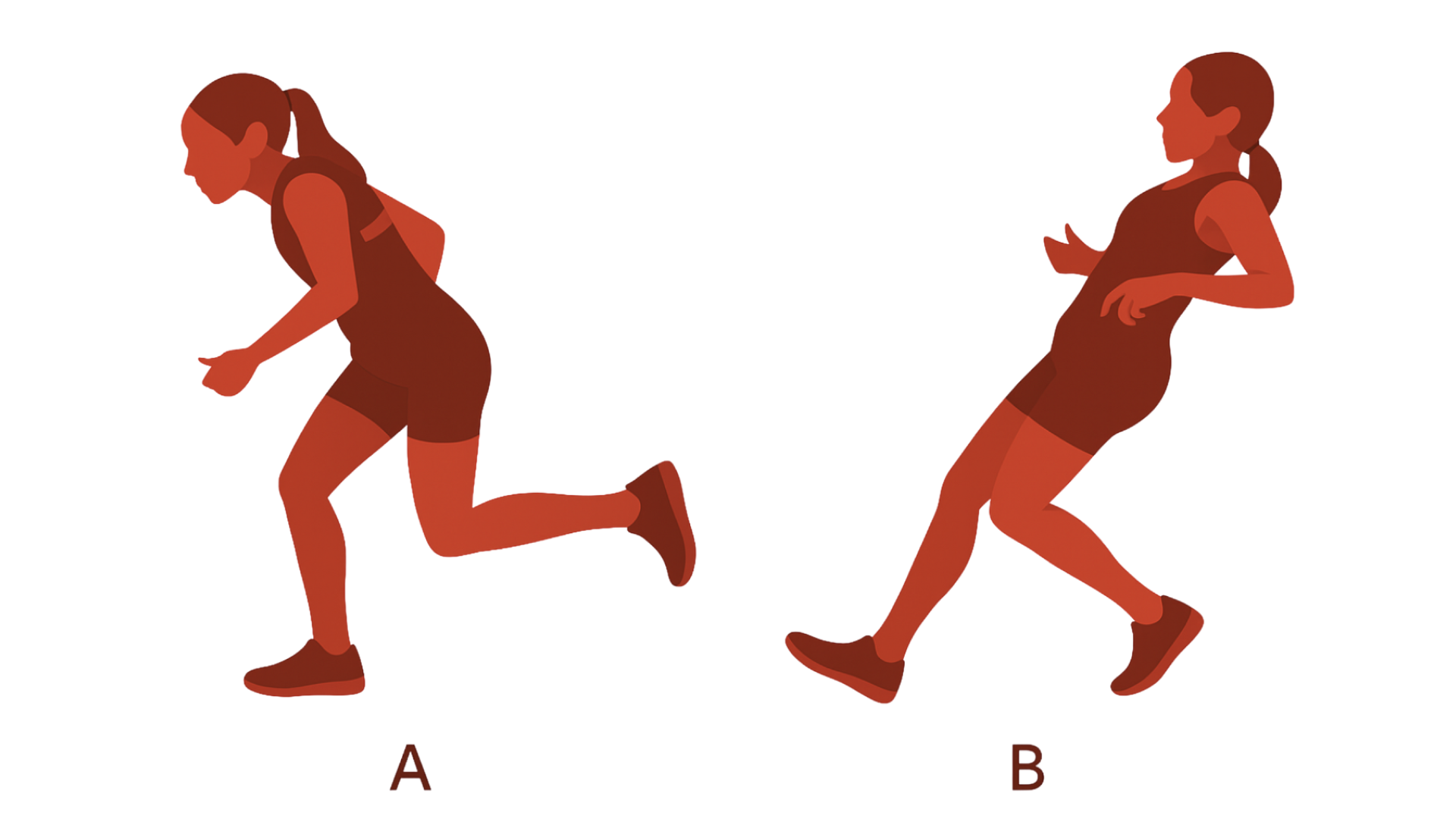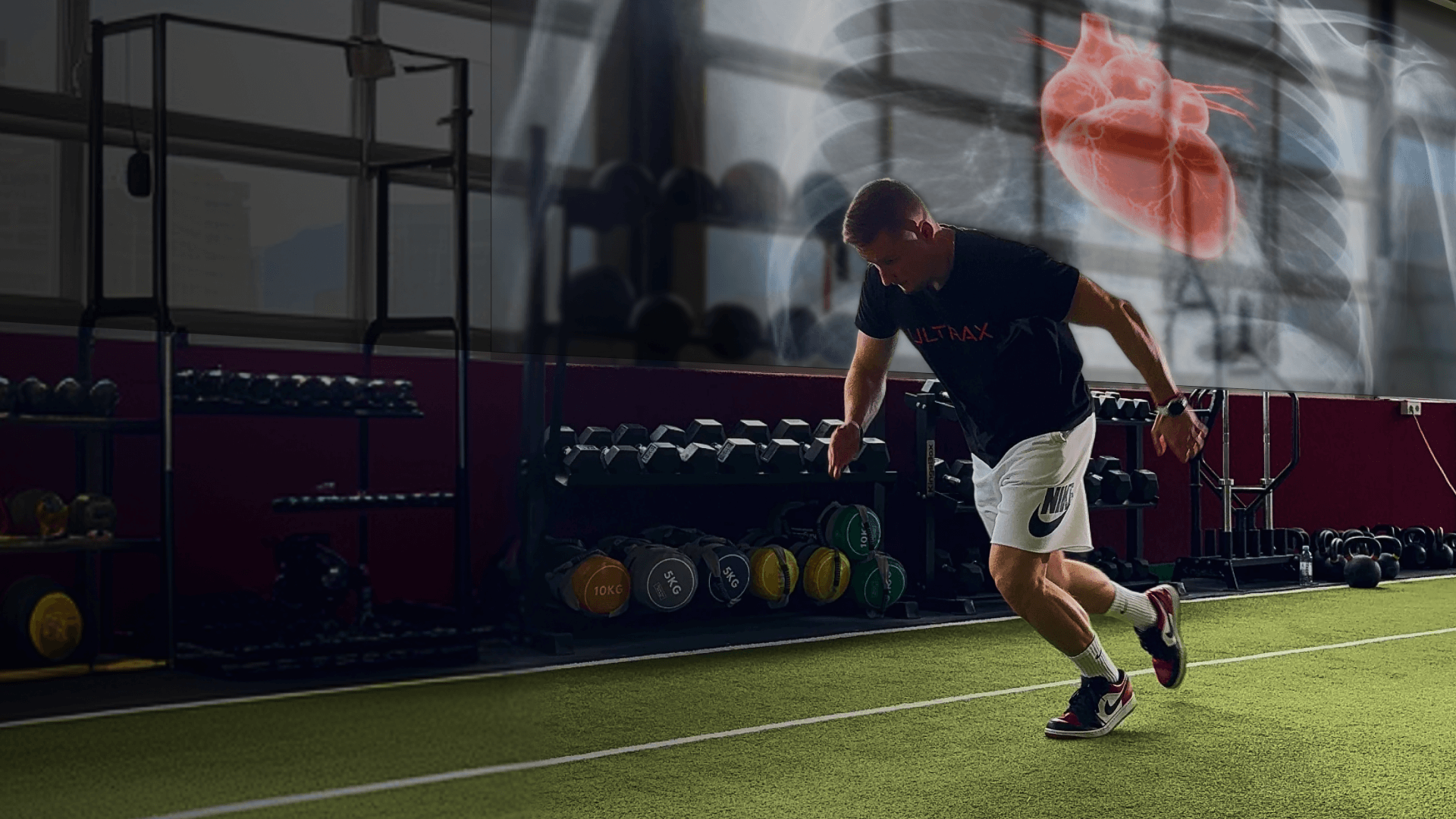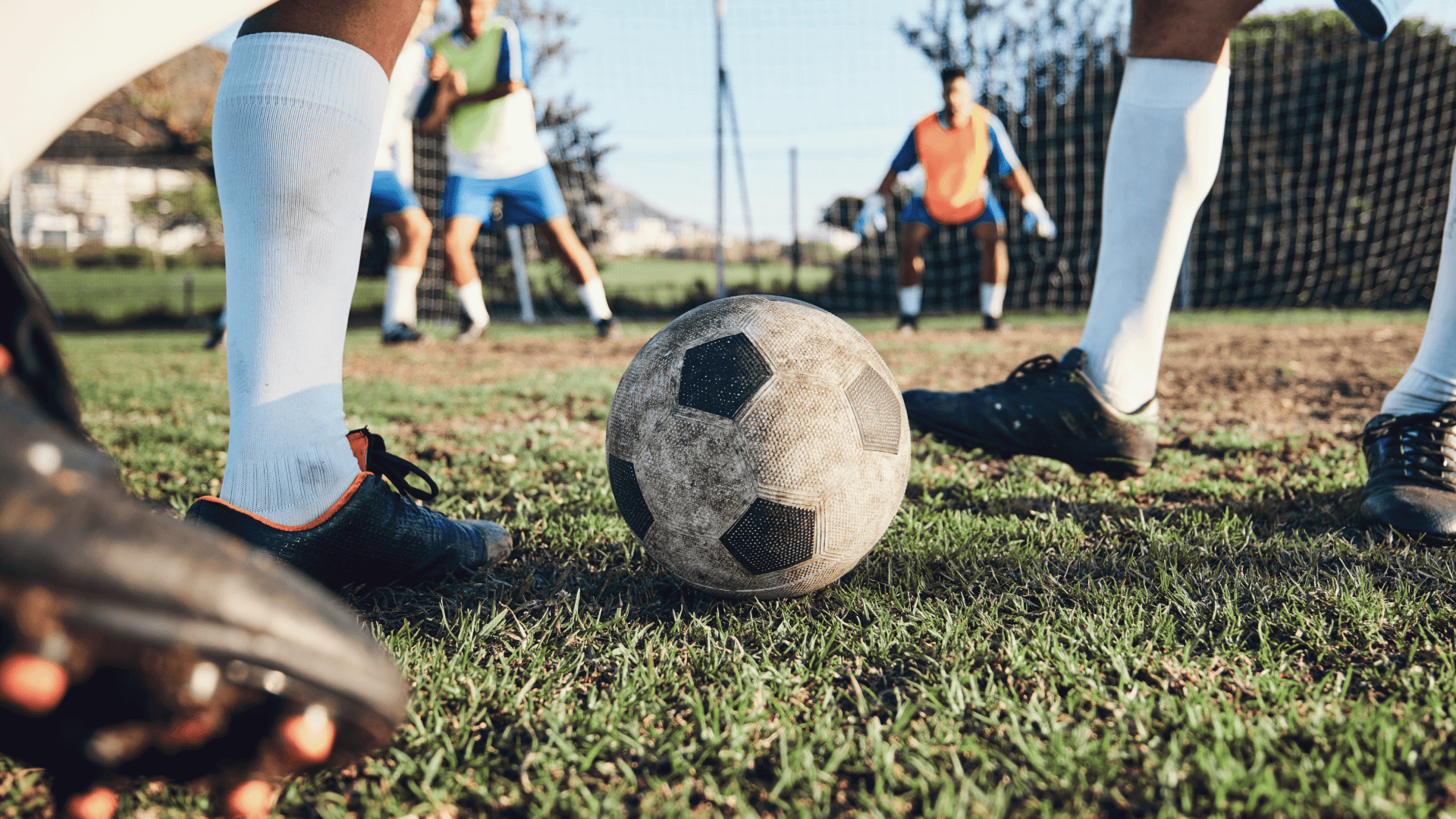So, you have this athlete who is very fast at accelerating, but when it comes to changing direction or stopping according to the demands of the game, they turn out to be slow and inefficient. Maybe the reason lies in their biomechanical qualities.
Deceleration is just as important as acceleration in sports and movement. Whether stopping suddenly, changing direction, or landing from a jump, your body must absorb high forces efficiently to prevent injury. But what exactly happens when we decelerate? Let’s break it down.
Kinetic and Kinematic Demands of Deceleration
According to Hewit et al. (2011) (Figure 1), the mechanics of acceleration and deceleration are similar, but the key difference lies in how the limbs are positioned relative to the body’s center of mass (COM) (Figure 1).
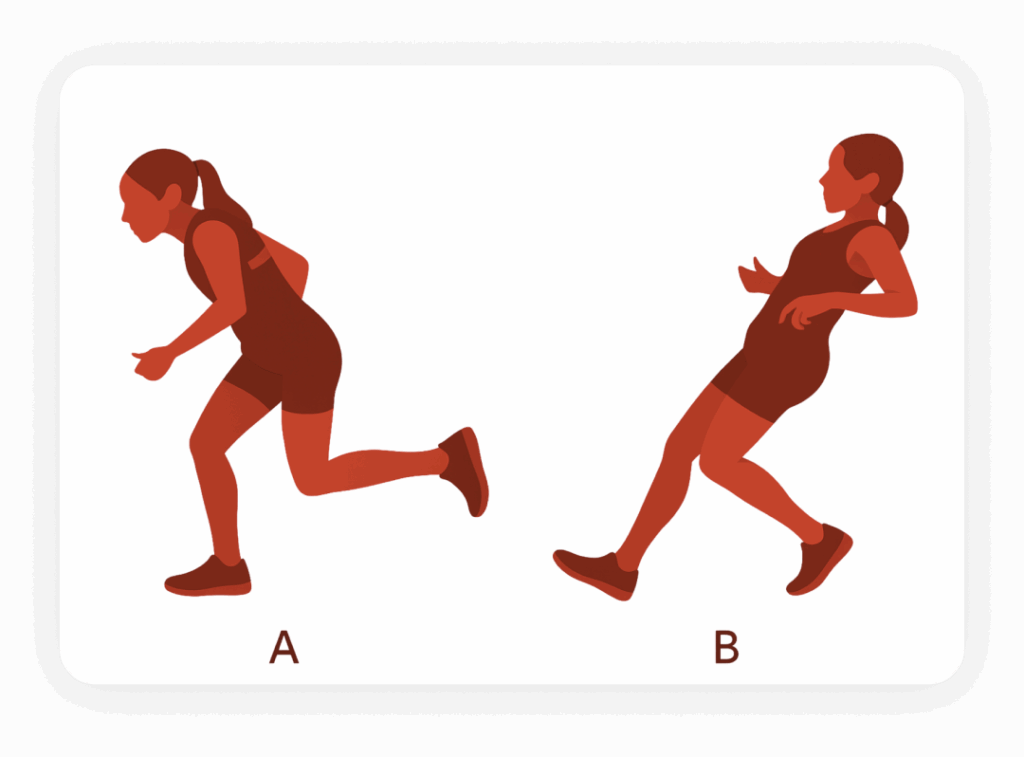
The Science Behind Deceleration
Deceleration is all about reducing body inertia (mass × velocity) by applying maximum force in the shortest possible time (Figure 2). This allows an athlete to come to a stop or change direction efficiently. The ability to resist forward motion depends on:
- Proper joint angles
- Muscle tension before ground contact
- Effective force absorption by the legs
When decelerating, athletes often use multiple shortened stride cycles rather than a single long step. This strategy reduces the load on joints while still absorbing high eccentric forces.

Foot Contact & Ground Reaction Forces
Unlike acceleration—where the foot lands closer to the COM to maximize propulsion—deceleration requires a foot strike farther in front of the body. This creates a braking force that counteracts forward inertia. The sequence of foot contact typically follows:
- Heel strike – Generates horizontal braking force
- Full-foot contact – Maximizes ground reaction force absorption
- Ankle dorsiflexion, knee flexion, and hip flexion – Help distribute impact forces across multiple joints
Additionally, while sprinting requires forward trunk lean, deceleration demands a more upright or slightly backward posture. This posture shifts the COM backward, increasing braking force while maintaining balance.

The Role of the Musculoskeletal System in Deceleration
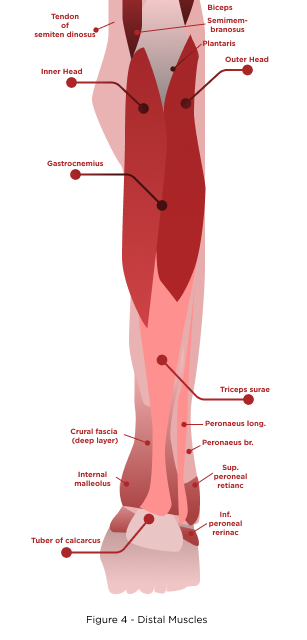
Deceleration relies heavily on eccentric muscle contractions—when muscles lengthen under tension to absorb force. This process is more metabolically efficient than concentric contractions, as it generates greater force with less energy expenditure.
Tendon vs. Muscle Contribution
Muscle-tendon architecture plays a big role in force absorption:
- Distal muscles (e.g., calf muscles, Achilles tendon) store and dissipate energy through tendons, reducing muscle strain. (Figure 4)
- Proximal muscles (e.g., quadriceps) rely on active muscle lengthening, allowing them to recycle kinetic energy efficiently. (Figure 6)
This natural “shock absorption” system helps prevent excessive mechanical stress on joints and soft tissues (Figure 3).
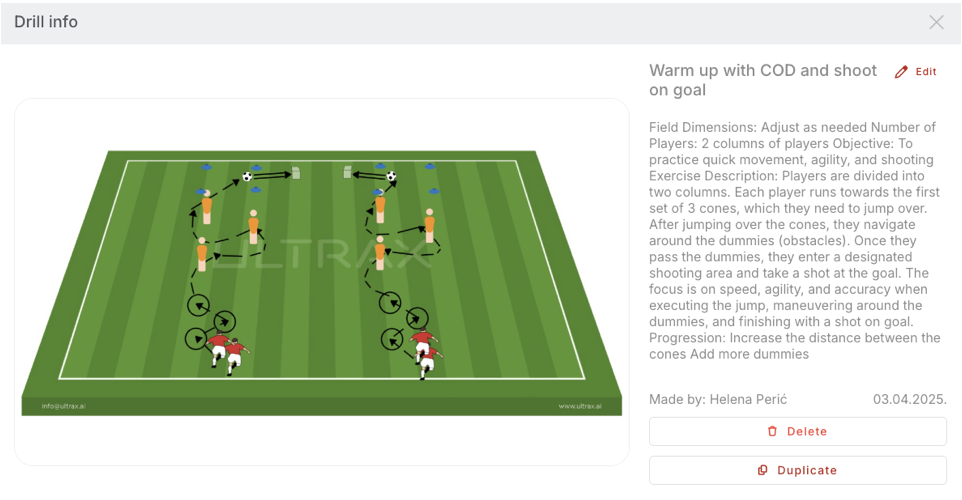
Ground Reaction Force Profiles: Why Pre-Activation Matters

To decelerate effectively, the muscles must be prepared before the foot contacts the ground. Research by McBurnie et al. (2021) found that during high-speed deceleration:
- Peak quadriceps activation is significantly higher than during maximal voluntary isometric contractions.
- Pre-activation helps produce strong internal muscle forces quickly, reducing horizontal inertia efficiently.
However, suboptimal posture—like excessive trunk flexion—can increase ACL injury risk by causing excessive anterior tibial displacement. Additionally, poor hamstring activation reduces knee stability, making proper muscle coordination crucial for injury prevention.
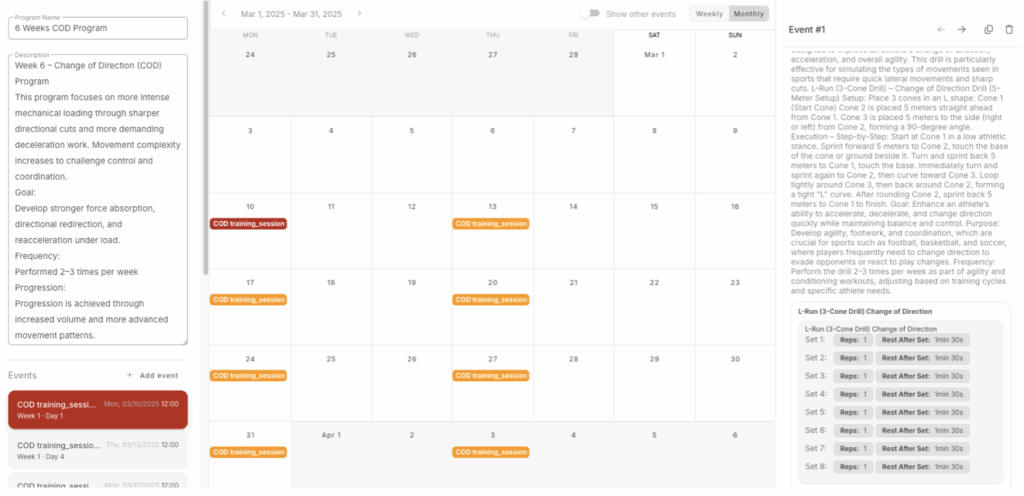
The Role of Tendons in Deceleration
Tendons act as mechanical shock absorbers, reducing stress on muscles and joints during high-intensity braking maneuvers. For instance:
- Achilles tendon absorbs impact forces during sprinting stops.
- Patellar tendon helps stabilize the knee during rapid deceleration.
By leveraging tendon elasticity, the body maintains stability while reducing mechanical fatigue.
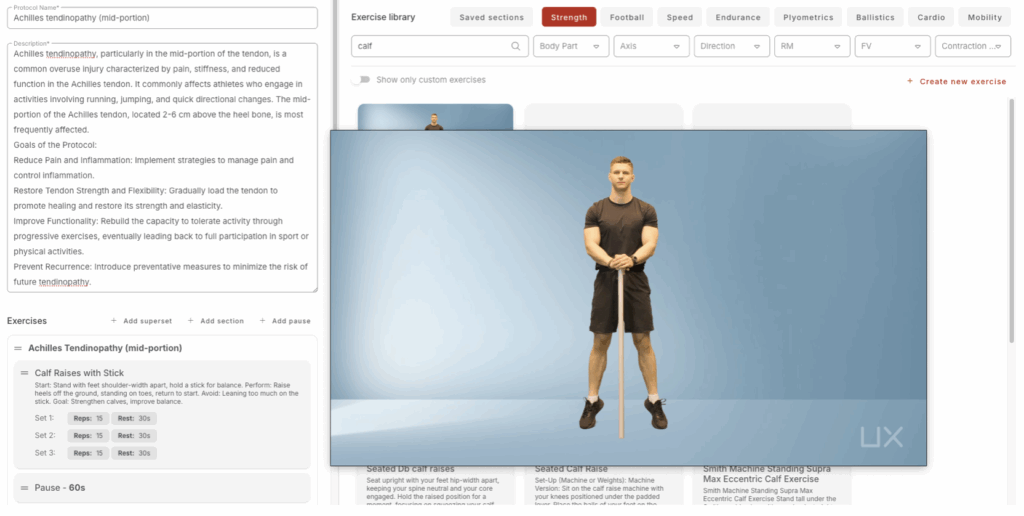
Key Takeaways: How to Optimize Deceleration Performance
- Positioning Matters – The foot should land farther in front of the COM, with proper hip, knee, and ankle flexion to absorb force efficiently.
- Muscle Pre-Activation is Crucial – Preparing the muscles before ground contact enhances force absorption and prevents injury.
- Tendons Help Absorb Shock – Utilizing tendon elasticity minimizes muscle fatigue and joint stress.
- Avoid Excessive Trunk Flexion – Proper posture helps reduce knee stress and lowers ACL injury risk.
Understanding the biomechanics of deceleration can improve athletic performance and reduce injury risk. Training for deceleration—through eccentric strength work, plyometrics, and proper movement mechanics—can make a significant difference in sports and daily life.
By mastering these principles, athletes can decelerate more efficiently, stay injury-free, and improve overall movement performance!
Conclusion
In conclusion the processes of acceleration and deceleration are similar, but the key difference lies in the positioning of the limbs relative to the body’s center of mass. Deceleration requires the application of high force within a short time frame in order to reduce the body’s inertia and enable a change of direction or a complete stop.
The key elements are proper biomechanics, including body positioning, joint flexion, and limb coordination, to absorb eccentric forces and minimize joint loading. Eccentric muscle contractions play a vital role in horizontal deceleration by effectively reducing inertia through braking and energy redistribution. They are metabolically efficient and generate greater force with less energy than concentric actions. Muscle architecture influences this process—distal muscles use tendons to absorb energy, while proximal muscles rely more on active lengthening.
Literature
- Hewit, Jennifer & Cronin, John & Button, Chris & Hume, Patria. (2011). Understanding Deceleration in Sport. Strength & Conditioning Journal. 33. 47-52. 10.1519/SSC.0b013e3181fbd62c.
- Andrews, J. R., McLeod, W. D., Ward, T., & Howard, K. (1977). The cutting mechanism. The American journal of sports medicine, 5(3), 111–121. https://doi.org/10.1177/036354657700500303
- McBurnie, A. J., Harper, D. J., Jones, P. A., & Dos’Santos, T. (2022). Deceleration Training in Team Sports: Another Potential ‘Vaccine’ for Sports-Related Injury?. Sports medicine (Auckland, N.Z.), 52(1), 1–12. https://doi.org/10.1007/s40279-021-01583-x

